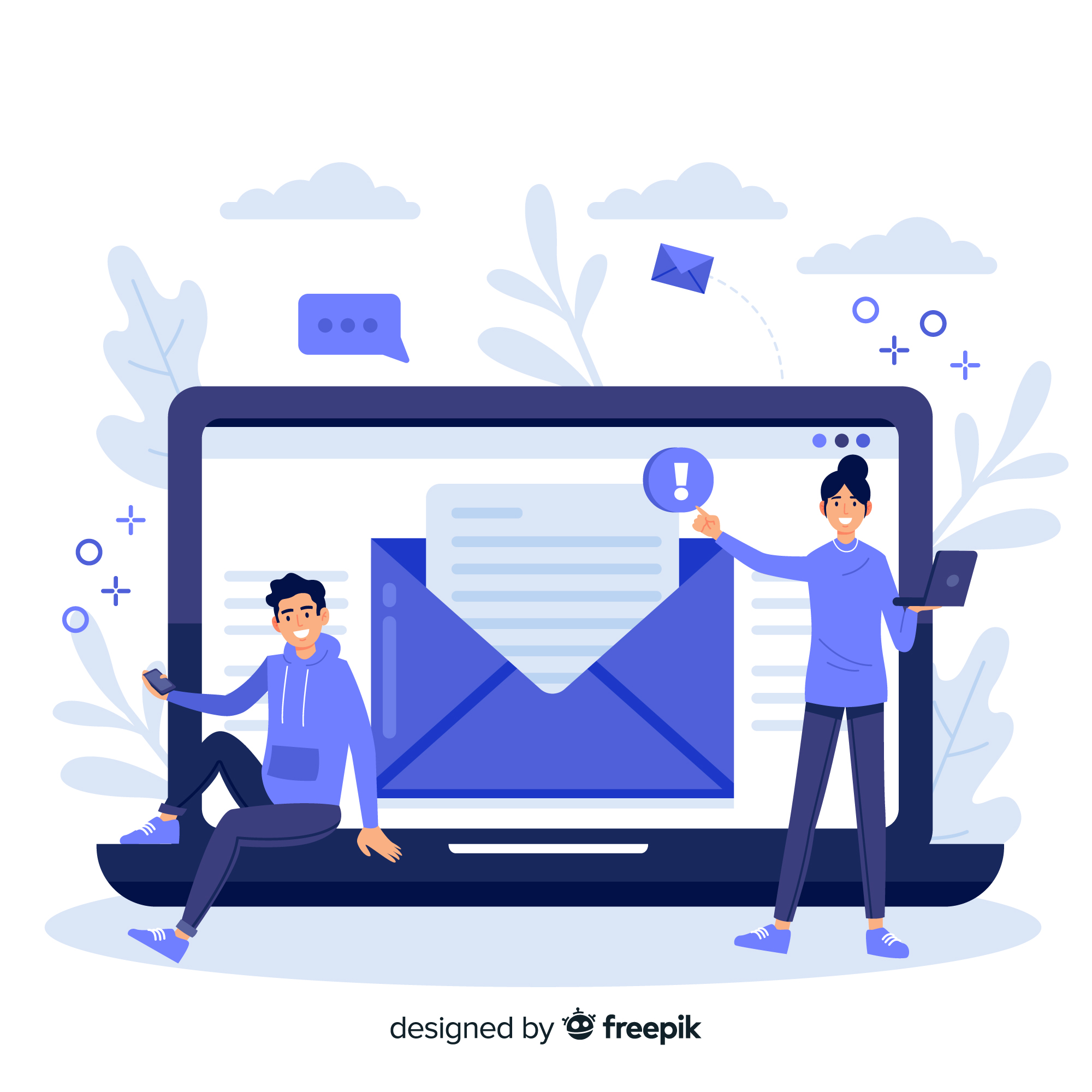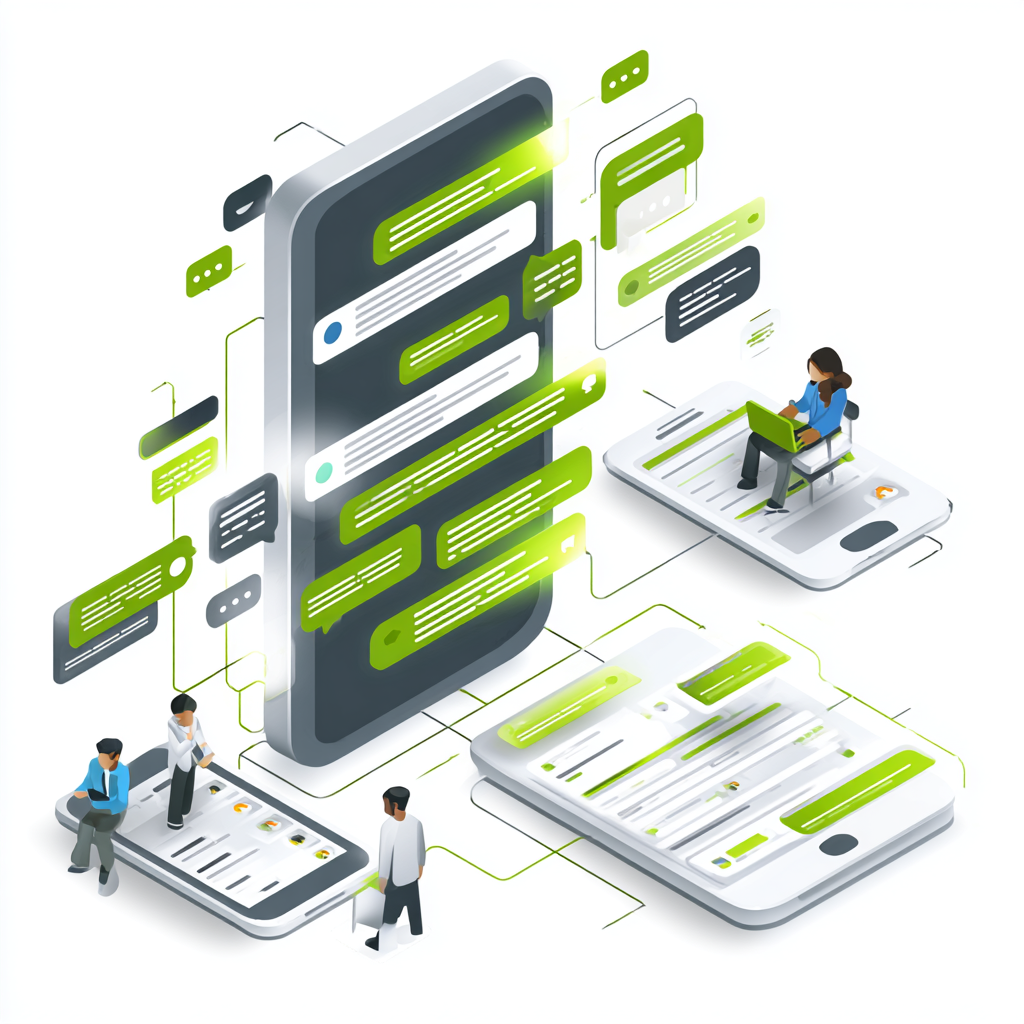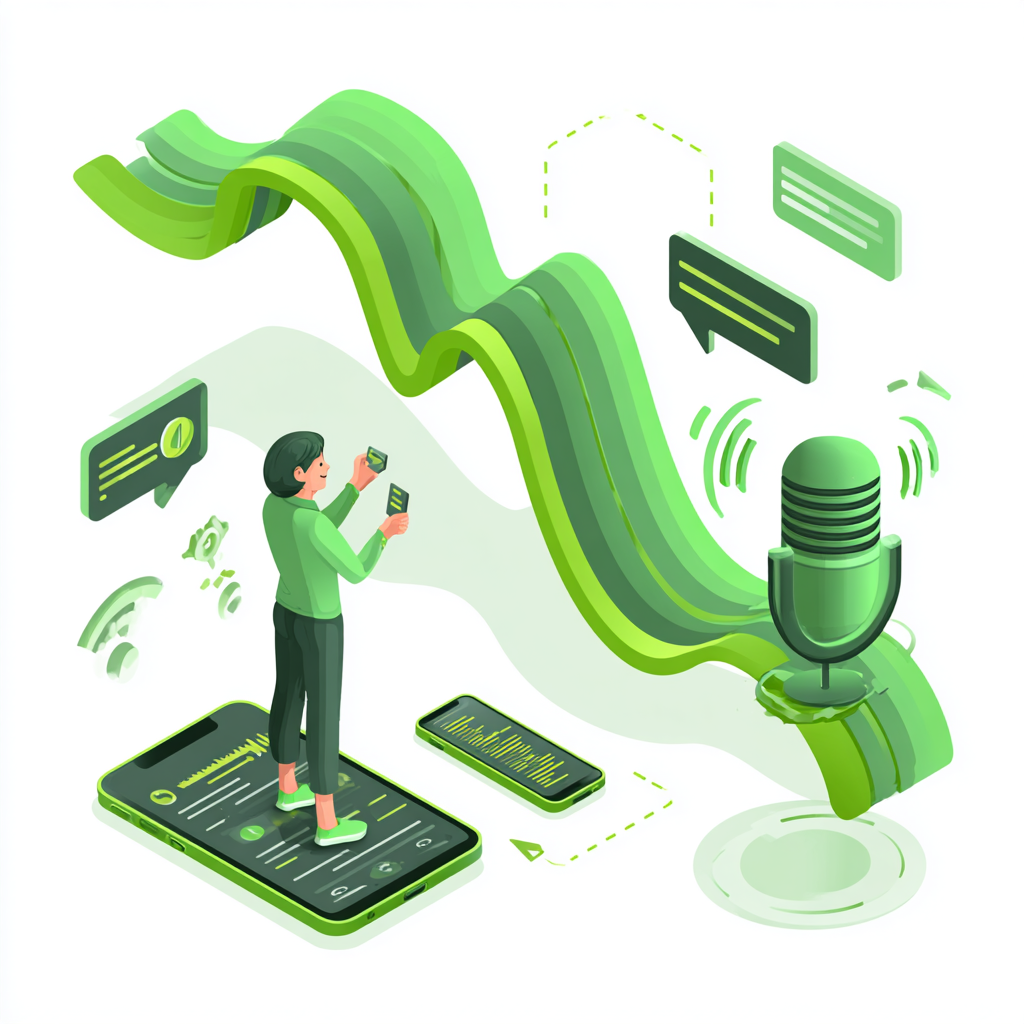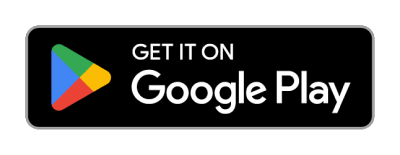As an SME owner, you’re probably on the lookout for how to reach out to potential customers, and email campaigns can be an effective tool for doing just that. Email campaigns help you to send targeted messages to different audiences, which can increase the chances of conversion and boost your revenue.
However, creating effective email campaigns isn’t as easy as hitting “send” on a generic message. Following dos and don’ts are essential to ensuring your campaigns are successful. In this blog, we will examine the best practices for creating customized email campaigns that align with your audience and help you achieve your goals.
DOs for your email campaigns:
By tailoring email content to the preferences and interests of recipients, companies can enhance engagement, foster brand loyalty, and ultimately achieve higher conversion rates. We will look at key “Dos” for creating customized email campaigns that resonate with recipients and deliver measurable results.
1. Start with a clear goal in mind.
Before creating an email campaign, it’s essential to have a clear goal in mind. Whether you intend to increase sales, drive website traffic, or build brand awareness? Once you’ve identified your goal, you can tailor your message and call to action accordingly.
2. Segment your email list.
One of the most important things to remember when creating personalized and customized email campaigns is to segment your email list. This means dividing your list into groups (smaller) based on shared interests, demographics, or behaviors. By this, you can tailor your email content to each specific group, increasing the chances of engagement and conversion.
3. Personalize your emails
Personalization is critical to creating successful email campaigns. Personalizing your emails can include addressing the recipient by name, past purchase history, or location. With personalization, your emails are more relevant and engaging to the recipient.
4. Use consistent branding
Your email campaigns should always align with your brand’s visual identity. This means using consistent branding, including colors, logos, and fonts. Doing this makes your email campaigns recognizable and memorable to your subscribers.
5. Use a mobile-friendly design.
Most people check their email on their smartphones, so make sure your email design is mobile-friendly. This involves creating a design that adapts to various screen sizes and ensuring the email is concise and straightforward.
6. Make your subject lines enjoyable.
The subject line is the first thing a recipient sees in their inbox. Ensure your subject lines are exciting and enticing enough for the recipient to open the email. Use action-oriented language, include numbers or special characters, and keep it short and sweet.
7. Keep emails short and sweet.
People’s attention is short, so keep your email message concise and to the point. Use clear and compelling language, and keep the message focused on your goal. Also, include a clear call to action that encourages readers to take action.
8. Use clear and compelling calls to action.
Emails should always have a clear and compelling call-to-action (CTA). This can be a button, link, or even a phone number. The CTA should be easy to find and use so the recipient knows exactly what action you want them to take.
DON’Ts For your email campaigns:
The “Do N’ts” of creating customized email campaigns help businesses avoid common mistakes that hinder engagement and effectiveness. By understanding what not to do, companies can review their email marketing strategies and optimize their campaigns for better results. Let’s explore the “Do N’ts” of creating customized email campaigns and learn how to avoid them effectively.
1. Send irrelevant emails
Sending irrelevant emails to subscribers is one of the quickest ways to lose their attention and trust. Ensure your content is relevant to the recipient’s interests, demographics, or behaviors.
2. Ignore email etiquette and overdo the personalization.
It’s essential to follow email etiquette when sending email campaigns. This means using a professional tone, not using too many capital letters or exclamation points, and being careful not to share subscribers’ information with other companies. While personalization is crucial, please don’t overdo it. Avoid sounding too invasive to the subscriber’s boundaries.
3. Send emails at the wrong time.
Sending emails at the wrong time can be a don’t-turn-off to the recipient. Avoid sending emails during odd hours, such as late at night or early in the morning. Try to send them during business hours and on weekdays.
4. Make sure to complete your email design.
Your email campaigns should always be simple and easy to read. Don’t overcomplicate your email design by adding too many images, videos, or links. Keep the design clean and easy to navigate.
5. Spam your subscribers
Don’t send too many emails in a short amount of time, which can lead to subscribers unsubscribing from your email list. Avoid spamming your subscribers and send only relevant and engaging content.
6. Refrain from paying attention to your email list.
Your email list is one of your most valuable assets, so don’t neglect it. Regularly clean your list by removing inactive subscribers or those who have opted out. Also, make sure you regularly add new subscribers through lead-generation tactics.
7. Forget to test and optimize
Testing and optimizing your email campaigns can help improve your results over time. Test different subject lines, messaging, and calls to action to see what resonates with your audience. Use data and analytics to measure your results and adjust your strategy accordingly.
Conclusion
Creating personalized and customized email campaigns can be a challenging but rewarding task. By following the dos and don’ts mentioned above, you can create email campaigns that are engaging and relevant to your subscribers, leading to higher conversion rates and loyal customers. Remember always to segment your email list, personalize your emails, use consistent branding, make subject lines enjoyable, and use clear and compelling calls to action.
Additionally, avoid sending irrelevant emails, overdoing personalization, sending emails at the wrong time, overcomplicating your email design, and spamming your subscribers. Follow these tips, and you’ll be on your way to creating successful email campaigns in no time.





